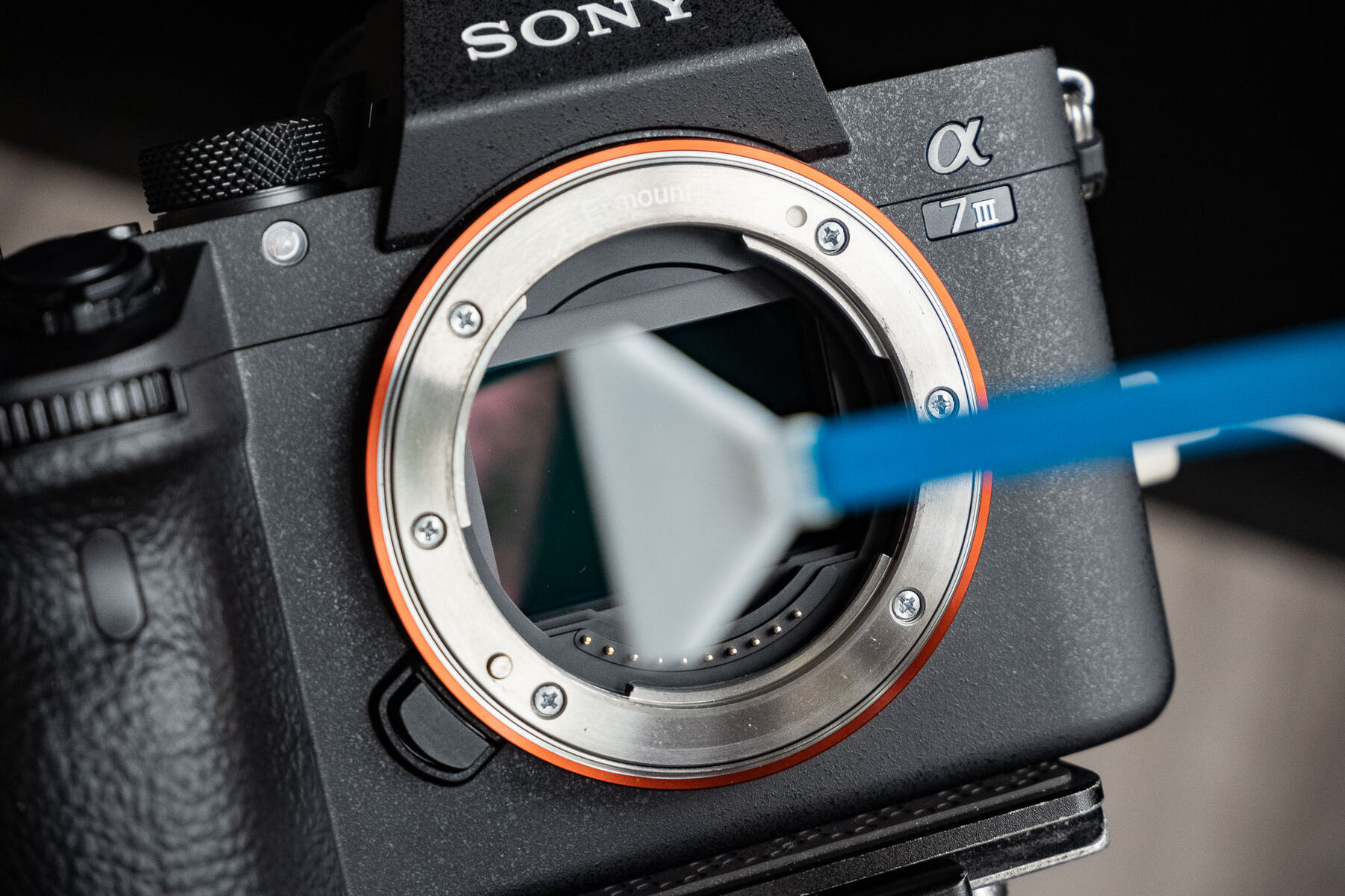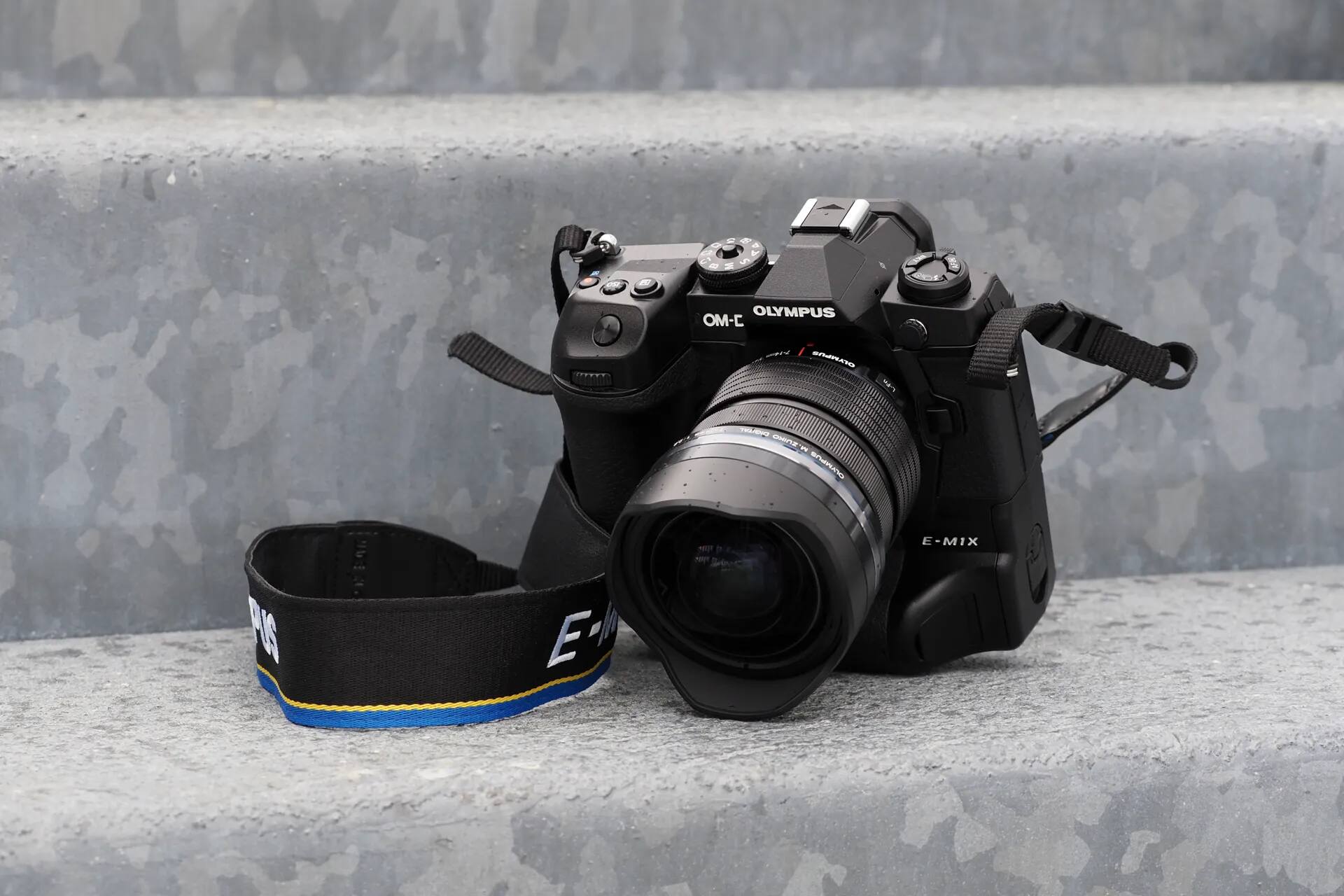Introduction
When it comes to purchasing a camera, the choice between a mirrorless and a regular DSLR (digital single-lens reflex) camera often arises. One of the most notable differences between these two types of cameras is the price point. Mirrorless cameras tend to be more expensive than their traditional counterparts, leaving many consumers wondering why this is the case. In this article, we will delve into the various factors that contribute to the higher price tag of mirrorless cameras, shedding light on the intricacies of their design, technology, and market demand.
Mirrorless cameras have gained significant traction in the photography industry, offering a more compact and lightweight alternative to DSLRs. Despite their popularity, the higher cost of mirrorless cameras can be a deterrent for some prospective buyers. Understanding the reasons behind this price disparity can provide valuable insight into the value proposition of mirrorless cameras and help consumers make informed purchasing decisions.
Throughout this article, we will explore the quality of components, research and development costs, size and weight considerations, electronic viewfinder technology, and market demand as key factors influencing the pricing of mirrorless cameras. By examining these aspects, readers will gain a comprehensive understanding of why mirrorless cameras are often priced at a premium compared to regular DSLR cameras.
Quality of Components
One of the primary factors contributing to the higher cost of mirrorless cameras is the superior quality of their components. Unlike traditional DSLRs, mirrorless cameras are designed with a compact and lightweight build, requiring meticulous engineering and precision manufacturing. The materials used in mirrorless cameras, such as magnesium alloy and high-grade polymers, are chosen for their durability, impact resistance, and overall performance. These premium materials not only contribute to the camera’s robustness but also add to the production costs, ultimately influencing the final retail price.
Moreover, mirrorless cameras often incorporate advanced technologies, including state-of-the-art image sensors, powerful processors, and sophisticated autofocus systems. These cutting-edge components are essential for delivering high-resolution images, superior low-light performance, and fast, accurate focusing capabilities. The integration of such advanced hardware necessitates extensive research and development, as well as rigorous testing to ensure optimal functionality and reliability. As a result, the inclusion of these top-tier components adds to the overall manufacturing cost, consequently elevating the price of mirrorless cameras.
Furthermore, the precision engineering and intricate assembly processes involved in crafting mirrorless cameras contribute to their elevated price point. The compact nature of mirrorless camera bodies requires intricate internal layouts to accommodate the electronic viewfinder, sensor-shift image stabilization, and other essential components, all while maintaining a lightweight and ergonomic design. This level of engineering precision demands specialized expertise and advanced manufacturing techniques, which inevitably add to the production expenses.
Overall, the emphasis on utilizing high-quality materials, integrating advanced technologies, and achieving meticulous engineering precision sets mirrorless cameras apart from traditional DSLRs in terms of component quality. While these factors undoubtedly contribute to the higher cost of mirrorless cameras, they also underscore the superior craftsmanship and technological innovation that define these cutting-edge photographic devices.
Research and Development Costs
The development of mirrorless cameras entails substantial research and development (R&D) investments, which significantly impact their pricing. Unlike traditional DSLRs, mirrorless cameras represent a relatively newer technology that requires continuous innovation and refinement. The R&D phase involves extensive experimentation, prototyping, and testing to refine the camera’s design, performance, and user experience.
One of the primary areas of R&D investment in mirrorless cameras is the advancement of electronic viewfinder (EVF) technology. The implementation of high-resolution, lag-free EVFs necessitates significant R&D resources to enhance their clarity, responsiveness, and natural viewing experience. Engineers and designers work tirelessly to optimize EVF performance, simulate natural depth of field, and minimize motion blur, all of which contribute to the immersive and intuitive shooting experience offered by mirrorless cameras.
Additionally, the miniaturization of camera components and the optimization of power consumption are key R&D focuses in the development of mirrorless cameras. The compact form factor of mirrorless bodies demands innovative solutions to maximize space utilization, thermal management, and battery efficiency without compromising performance. This intricate balance between size, power, and performance requires extensive R&D efforts to push the boundaries of technological capabilities while maintaining reliability and user convenience.
Furthermore, the integration of advanced autofocus systems, in-body image stabilization, and high-speed image processing capabilities in mirrorless cameras necessitates rigorous R&D to refine their accuracy, speed, and compatibility with a diverse range of lenses and shooting scenarios. Engineers and software developers collaborate to optimize these critical features, ensuring seamless operation and exceptional image quality across various shooting conditions.
Ultimately, the substantial R&D investments in refining electronic viewfinders, miniaturizing components, optimizing power efficiency, and enhancing critical camera functions contribute to the higher cost of mirrorless cameras. These ongoing R&D efforts not only drive technological advancements but also establish mirrorless cameras as cutting-edge photographic tools that cater to the evolving needs and preferences of photographers worldwide.
Size and Weight
The compact and lightweight design of mirrorless cameras, while offering unparalleled portability and convenience, contributes to their higher price point. Unlike traditional DSLRs, which often feature a bulkier body due to the inclusion of a mirror box and optical viewfinder, mirrorless cameras eliminate these components, resulting in a significantly smaller and lighter form factor. The engineering and manufacturing processes required to achieve this compactness and weight reduction incur additional costs, thereby impacting the overall pricing of mirrorless cameras.
Furthermore, the reduction in size and weight necessitates the use of advanced materials and intricate construction methods to maintain structural integrity and durability. High-strength alloys, carbon fiber composites, and precision-molded polymers are often employed to achieve the desired balance of lightweight construction and robustness. These advanced materials, coupled with the intricate assembly processes involved in crafting compact camera bodies, contribute to the higher manufacturing costs associated with mirrorless cameras.
Moreover, the compact nature of mirrorless cameras requires meticulous engineering to accommodate essential components such as image sensors, electronic viewfinders, and image stabilization mechanisms within a confined space. The intricate internal layout and miniaturization of critical hardware components demand specialized expertise and advanced manufacturing techniques, further adding to the production expenses.
Despite the higher production costs associated with achieving a compact and lightweight design, the reduced size and weight of mirrorless cameras offer significant advantages to photographers, including enhanced portability, discreet shooting capabilities, and greater versatility in various shooting environments. The premium associated with these design attributes reflects the investment in advanced materials, precision engineering, and innovative manufacturing processes required to deliver a compact, lightweight, and high-performance photographic tool.
Electronic Viewfinder Technology
The incorporation of electronic viewfinder (EVF) technology in mirrorless cameras represents a significant contributing factor to their higher price compared to traditional DSLRs. Unlike DSLRs, which utilize optical viewfinders, mirrorless cameras feature EVFs that offer several advantages, including real-time exposure and white balance previews, focus peaking, and the ability to display additional shooting information within the viewfinder.
The development and integration of high-quality EVFs in mirrorless cameras necessitate substantial investments in research, engineering, and manufacturing. EVFs are designed to deliver a natural and immersive viewing experience, simulating the optical clarity and responsiveness of traditional optical viewfinders while offering additional digital overlays and customizable display options. Achieving this level of EVF performance requires advanced display technologies, high-resolution microdisplays, and sophisticated optics, all of which contribute to the elevated production costs of mirrorless cameras.
Furthermore, the continuous advancement of EVF technology involves ongoing R&D efforts to enhance resolution, refresh rates, color accuracy, and low-light performance. Engineers and display specialists work to minimize lag, motion blur, and image artifacts, ensuring that the EVF provides a seamless and true-to-life representation of the scene being captured. These iterative improvements in EVF technology, driven by R&D investments, contribute to the premium pricing of mirrorless cameras.
Moreover, the integration of EVFs in mirrorless cameras necessitates additional electronic components, such as high-speed image processors and advanced sensor technologies, to facilitate real-time image rendering and display. The sophisticated circuitry, high-resolution microdisplays, and complex optics required for EVFs add to the overall manufacturing costs, further influencing the pricing of mirrorless cameras.
Despite the higher production costs associated with EVF technology, its inclusion in mirrorless cameras offers photographers a versatile and intuitive shooting experience, providing a wealth of real-time information and customizable display options within the viewfinder. The investment in advanced EVF technology underscores the commitment to delivering innovative and user-centric features in mirrorless cameras, ultimately justifying their higher price point.
Market Demand
The market demand for mirrorless cameras plays a pivotal role in shaping their pricing dynamics. Over the years, the photography industry has witnessed a significant shift in consumer preferences, with a growing inclination towards mirrorless cameras driven by their compactness, technological innovation, and versatility. As a result, the increasing demand for mirrorless cameras has influenced their pricing, reflecting the perceived value and unique advantages they offer to photographers.
One of the key drivers of market demand for mirrorless cameras is their appeal to a diverse range of photographers, including enthusiasts, professionals, and content creators. The compact and lightweight nature of mirrorless bodies, coupled with their advanced imaging capabilities, makes them well-suited for various genres of photography, from travel and street photography to professional portraiture and videography. This broad appeal has contributed to a surge in demand for mirrorless cameras, prompting manufacturers to position them as premium photographic tools, thereby influencing their pricing.
Furthermore, the expanding ecosystem of lenses, accessories, and technological advancements specific to mirrorless systems has bolstered their appeal among photography enthusiasts and professionals. The availability of high-quality lenses tailored for mirrorless cameras, along with innovative accessories and firmware updates that enhance their performance, has solidified their position as sought-after photographic equipment. This robust ecosystem and continuous technological evolution have contributed to the perceived value of mirrorless cameras, influencing their pricing in the market.
Moreover, the competitive landscape within the mirrorless camera market, characterized by leading manufacturers vying for technological supremacy and market share, has led to a focus on innovation and differentiation. This competitive environment has driven manufacturers to invest in cutting-edge features, ergonomic designs, and performance enhancements, all of which contribute to the premium pricing of mirrorless cameras. The relentless pursuit of technological advancement and differentiation in the mirrorless segment reflects the industry’s response to evolving consumer demands and preferences.
Ultimately, the market demand for mirrorless cameras, fueled by their broad appeal, expanding ecosystem, and competitive landscape, has influenced their pricing, positioning them as premium photographic tools that cater to the diverse needs and aspirations of modern photographers. The alignment of market demand with technological innovation and user-centric design has elevated the perceived value of mirrorless cameras, thereby shaping their pricing in the photography market.
Conclusion
In conclusion, the pricing of mirrorless cameras is influenced by a combination of factors that reflect their advanced technology, innovative design, and market positioning. The superior quality of components, including high-grade materials and advanced hardware, contributes to the elevated production costs of mirrorless cameras. The emphasis on precision engineering, compactness, and lightweight construction further adds to their manufacturing expenses, ultimately impacting their pricing in the market.
Moreover, the substantial research and development investments in refining electronic viewfinder technology, miniaturizing components, and optimizing critical camera functions are reflected in the premium pricing of mirrorless cameras. The continuous innovation and enhancement of electronic viewfinders, autofocus systems, and image processing capabilities underscore the commitment to delivering cutting-edge features that resonate with the evolving needs of photographers.
Additionally, the market demand for mirrorless cameras, driven by their broad appeal, expanding ecosystem, and competitive landscape, has shaped their pricing as premium photographic tools that cater to the diverse requirements of modern photographers. The alignment of market demand with technological innovation and user-centric design has elevated the perceived value of mirrorless cameras, positioning them as sought-after devices that offer a compelling blend of portability, performance, and versatility.
Ultimately, the pricing of mirrorless cameras reflects the culmination of advanced technology, meticulous craftsmanship, and market dynamics, underscoring their value proposition in the photography industry. As consumer preferences continue to evolve and technological advancements persist, the pricing landscape of mirrorless cameras will continue to be shaped by a delicate balance of innovation, market demand, and the pursuit of excellence in photographic engineering.

























